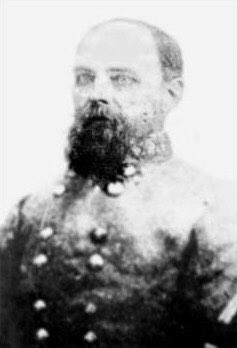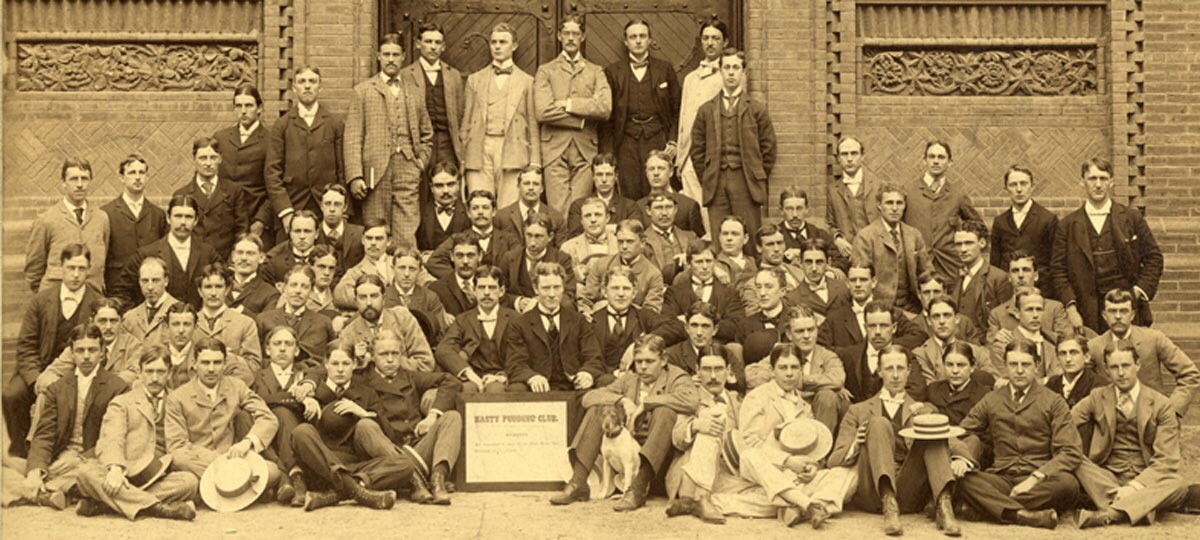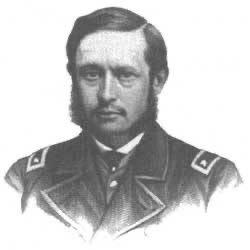
The Battle of Pocotaligo, SC was fought #OTD in 1862, when the @USArmy’s X Corps under General John Brannan moved to sever the Charleston and Savannah Railroad, burn railway bridges, and isolate Charleston from receiving supplies and reinforcements. #CivilWar 



Brannan and his 4200 men steamed up the Broad River on troop transport ships, protected by gunboats for a Naval Squadron. They disembarked at Mackey Point, with Brannan marching most of the force toward Pocotaligo while a smaller force headed for the bridge at Coosawhatchie. 





Opposing them was a 2000-man confederate force under William Walker. He deployed detachments to defend bridges, with his main body opposing Brannan’s. He fought a delaying action back into his works at Pocotaligo, awaiting reinforcements from Charleston. 



The U.S. advance bogged down at a marsh, and once the confederate reinforcements arrived it became clear to Brannan that they would not be able to destroy the bridges. After tearing up some of the track, they withdrew to their transports and returned to Hilton Head. 



• • •
Missing some Tweet in this thread? You can try to
force a refresh
































